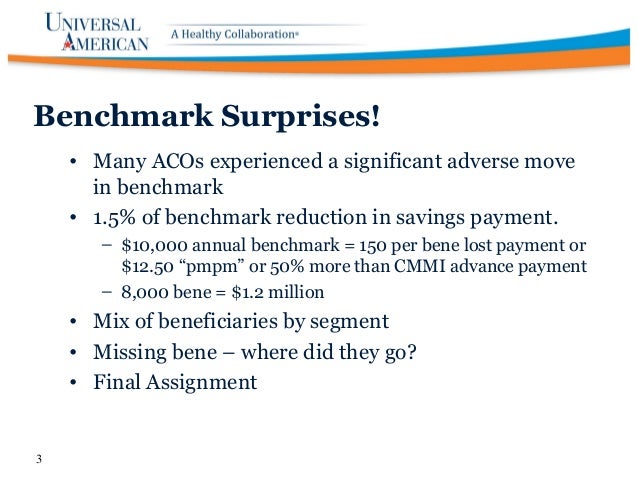
Risk scores generally range between 0.9 and 1.7, and beneficiaries with risk scores less than 1.0 are considered relatively healthy. (See “ Calculating the risk score and expected annual expenditure.”) The model is normalized to a value of 1.0. Adding the weights together produces a risk score for that beneficiary. Each demographic adjustment and HCC carries a score/weight within the model. Deriving these scores from HCCs is relatively straightforward. Although this population represents a small percentage of the overall beneficiary pool, they have significant health needs and incur markedly higher health expenses than the general Medicare population.ĬMS calculates a risk score, or “risk adjustment factor” (RAF) score, for each individual beneficiary and provides this information to each ACO quarterly.

Finally, CMS employs a separate model for the end-stage renal disease population.

This institutional model uses the same set of HCCs as the community model but assigns different weights and adds additional disease interactions specific to that population. There is also a separate model for institutionalized beneficiaries who reside in nursing homes or other assisted living facilities.
Medicare reimbursement benchmark definition full#
There is a separate model based solely on demographic data for new enrollees who do not have a full year's worth of Medicare claims data on which to base HCC assignment. Risk for the majority of Medicare beneficiaries is calculated using the “community” model. Due to differences in resource use between groups of Medicare beneficiaries and the inability of a single statistical model to predict expenses for all groups, CMS employs several different versions of the CMS-HCC model.


 0 kommentar(er)
0 kommentar(er)
